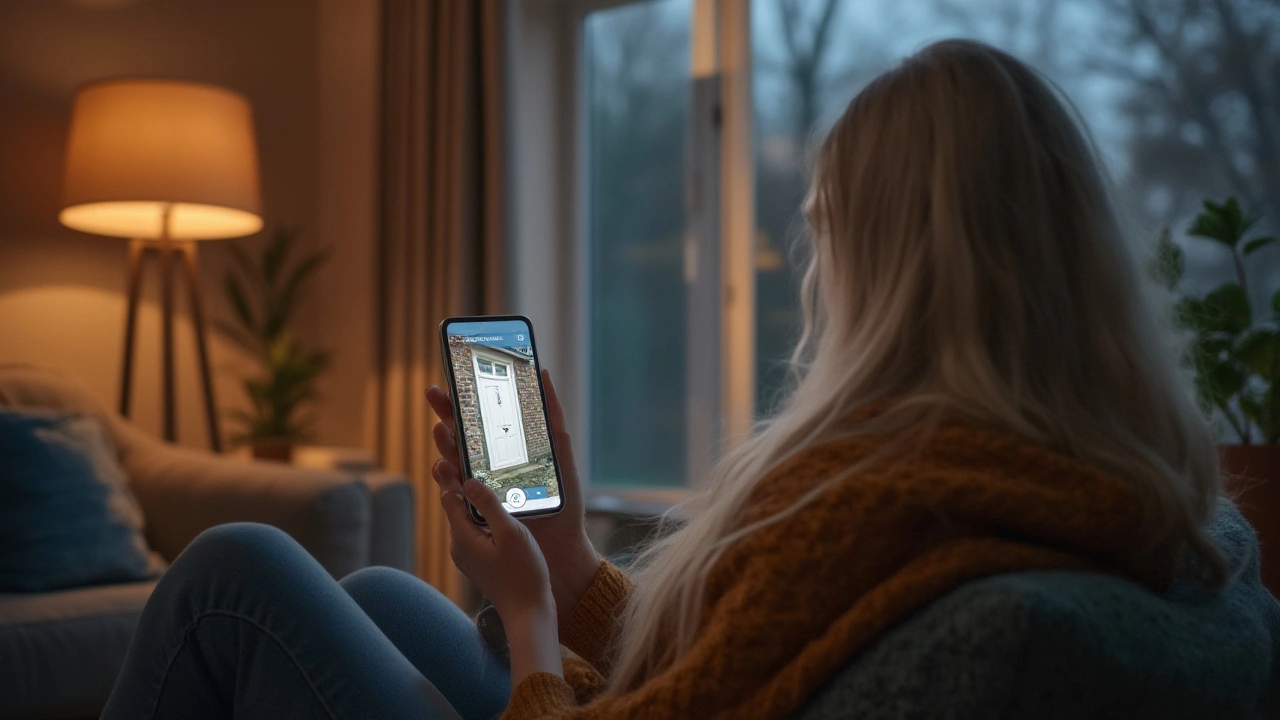Ever wondered why you can’t see what’s happening at home when you’re out? The answer is simple: you need remote camera access. With the right setup, you can pull up a live feed on your phone, tablet, or laptop in seconds. No extra hardware, no tech wizardry – just a few clicks and you’ve got eyes on your property 24/7.
First, make sure the camera is Wi‑Fi enabled. Most modern security cams come with a built‑in Wi‑Fi module, but older models might need a separate bridge. Open the manufacturer’s app, follow the on‑screen prompts to join the camera to your home network, and give the device a recognizable name (like "Front Door Cam").
Once the camera is on the network, the app will ask you to create a user account. Choose a strong password – think of it as the lock on your front door. After you log in, you should see a list of all the cameras you’ve added. Tap any name to view the live stream. That’s it: you’re now remotely monitoring your home.
Remote access is handy, but it also opens a door for hackers if you’re not careful. Keep the app updated – manufacturers patch security holes all the time. Enable two‑factor authentication if the app offers it; a text code adds an extra layer of protection.
Don’t use public Wi‑Fi when you log into your camera feed. If you must, connect through a trusted VPN. Also, limit who gets the login details. A family member who needs occasional access can be given a guest account with view‑only rights.
Another tip is to turn off remote access when you’re on vacation for a short period. Most apps let you set a schedule or temporarily disable the feed, which helps reduce exposure.
Lastly, think about storage. Many cameras offer cloud recording, but you’ll usually need a subscription for long‑term storage. If you prefer a one‑time cost, look for a model that supports local microSD cards. That way, footage stays on the device and you avoid recurring fees.
Remote camera access works best when the camera has good night vision. Infrared LEDs, a clear line of sight, and proper placement (away from bright streetlights) will give you clear black‑and‑white images after dark. Pair this with a motion‑triggered alert, and you’ll get a push notification the moment something moves.
If your camera supports it, enable two‑way audio. This lets you talk through the speaker, which can scare off intruders or let you greet a delivery person without opening the door.
In short, setting up remote camera access is straightforward, but keeping it safe takes a few extra steps. Choose a reputable brand, keep the app up to date, use strong passwords, and lock down your network. With those basics covered, you’ll have peace of mind wherever you go.
Ready to try it? Grab your phone, launch the app, and check the live feed. If you hit any snags, most manufacturers have quick video tutorials that walk you through the process. Happy monitoring!

Yes, you can watch your security cameras on your phone. Find out how it works, what you need, and get tips for easy mobile monitoring.